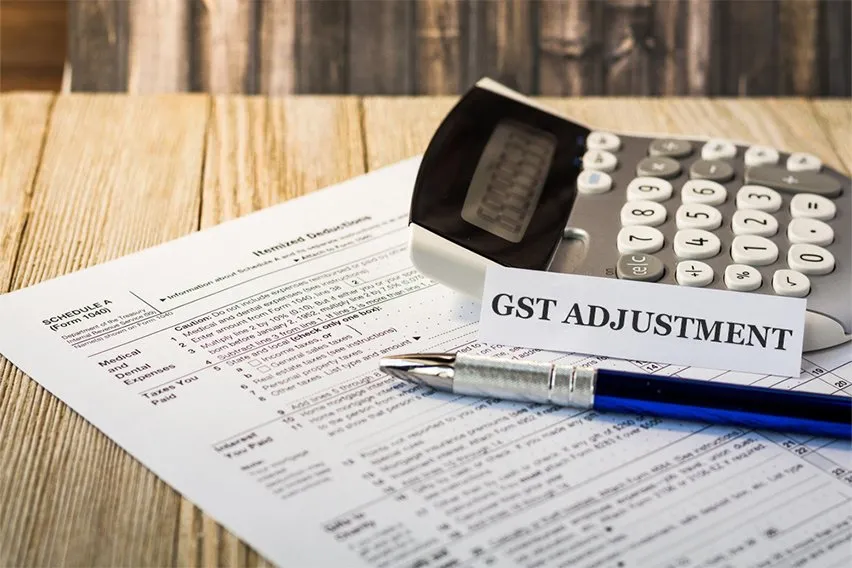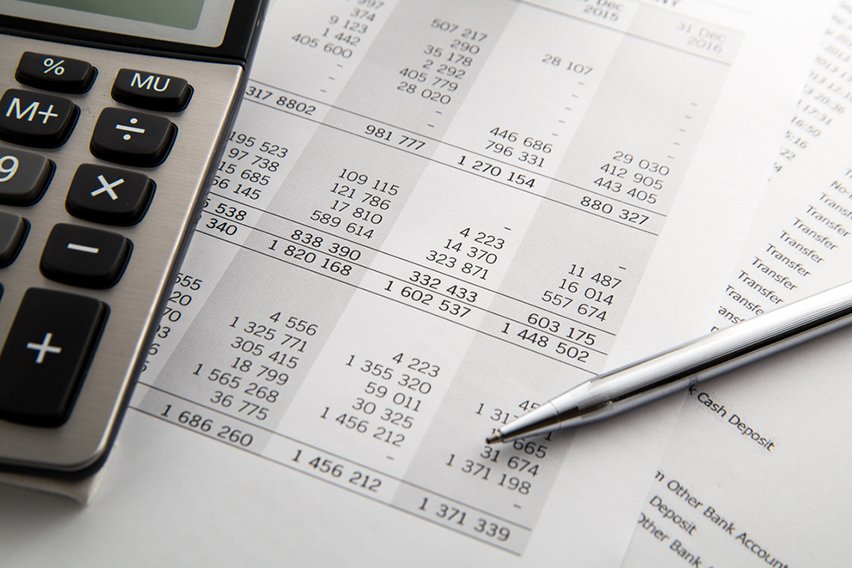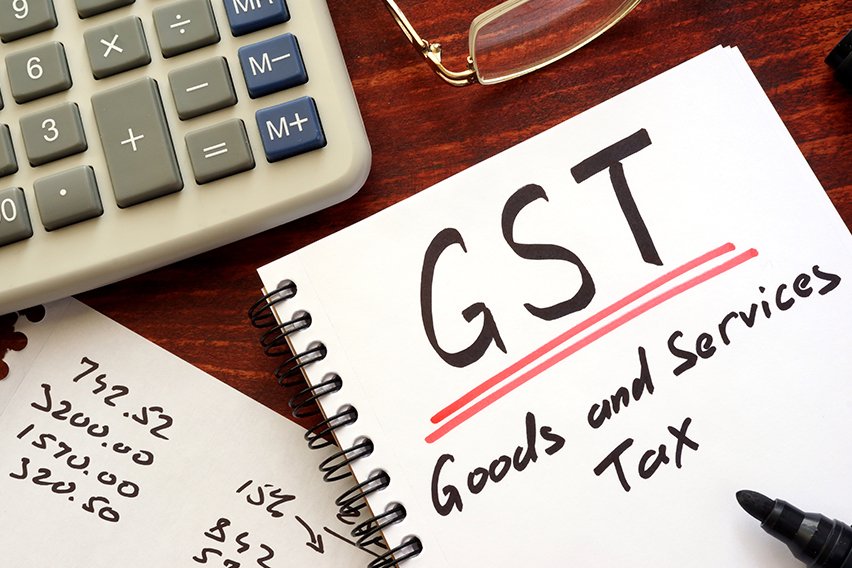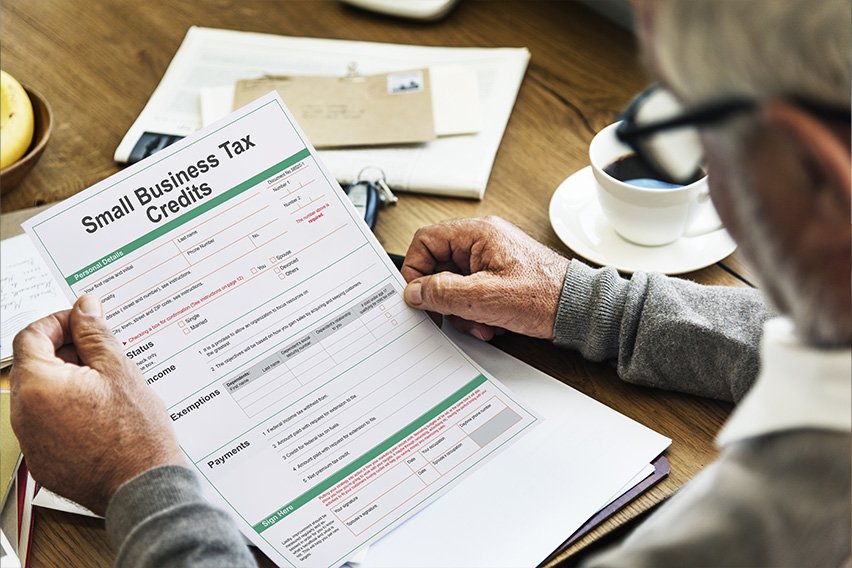How to Make GST Adjustments?

The Goods and Services tax is a tax levied upon Australian businesses once they’ve reached a certain threshold.
It can also be voluntarily paid by businesses that are under the threshold if they want to be eligible for certain tax benefits and reliefs.
For those that do pay GST, there may come a time when you need to make adjustments. But how exactly do you make adjustments to your GST for income tax purposes?
We’ll take a closer look at GST adjustments and how you can process a change with the Australian Taxation Office.
Here’s What We’ll Cover:
What Is GST?
Before we talk about adjusting GST, it’s first important to understand exactly what GST is.
The Goods and Services Tax, or GST, is a 10% tax rate that’s placed on many items across Australia. The tax itself applies to almost every product and service in Australia and was put in place to replace a number of indirect taxes. This includes value-added tax, excise duty and service taxes.
It is a necessary tax for any for-profit business, sole traders or organisations that have an annual turnover of more than $75,000.
This changes if you are running a non-profit organisation. If you aren’t running for profit then the threshold at which a business must register for GST doubled to $150,000.

How Do You Adjust Your GST?
There may come the point when you need to make adjustments that change the amount of GST you’re liable to pay.
You can make an adjustment if one of the following things occurs:
- The price of a sale or a purchase changed. For example, if you provide a discount to a particular customer or receive a rebate from one of your sellers.
- A taxable sale that you previously made, or a purchase you’re entitled to a GST input tax credit for, is cancelled.
- You recover a previously written-off bad debt or you write off a new bad debt.
- Your actual use of a purchase differs from your intended use.
There are two types of adjustment:
- Increasing Adjustments: These increase how much GST you have to pay for a reporting period.
- Decreasing Adjustments: These decrease how much GST you have to pay for a reporting period of time.
When you’re reporting GST by the full reporting method, you can use either the accounts method or the calculation worksheet method. If you report by the BAS reporting method, then you can use the accounts method.
Accounts Method
To use the accounts method, you must work out the GST amounts for your sales and purchases from your accounts. These amounts are reported on your activity statement.
You can report your GST on your BAS at:
- Increasing adjustments at Label 1A
- Decreasing amounts at Label 1B

Calculation Worksheet Method
If you’re using the calculation worksheet method, you will have to multiply the amount by 11 on the GST calculation worksheet when you show the overall adjustment. This would be done at either:
- G7 if you have an increasing adjustment overall.
- G18 if you have a decreasing adjustment overall.
For more information on recording your adjustments, the ATO government website has a detailed guide.
Key Takeaways
Making adjustments to your GST is an important step for Australian businesses when it comes to your income tax purposes.
The Australian Taxation Office provides a clear pathway for any adjustments you have to make in relation to your financial statements when it comes to your business taxes.
Are you looking for more business advice on everything from starting a new business to new business practices?
Then check out the FreshBooks Resource Hub.
RELATED ARTICLES

 13 Important Sales KPIs Every Team Should Measure
13 Important Sales KPIs Every Team Should Measure What Is Off-Balance Sheet Financing? Definition & Example
What Is Off-Balance Sheet Financing? Definition & Example What Is Demand-Pull Inflation? Definition & Examples
What Is Demand-Pull Inflation? Definition & Examples GST for Small Business: A Beginners Guide
GST for Small Business: A Beginners Guide What Is a Recipient Created Tax Invoice (RCTI)? Australian Taxation Guide
What Is a Recipient Created Tax Invoice (RCTI)? Australian Taxation Guide How Much Does a Small Business Pay in Taxes?
How Much Does a Small Business Pay in Taxes?